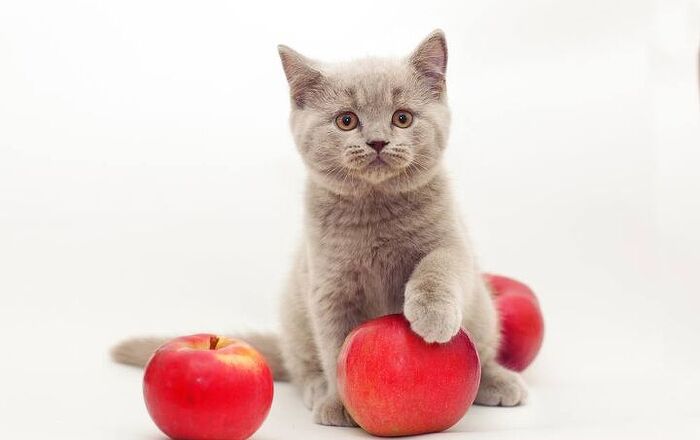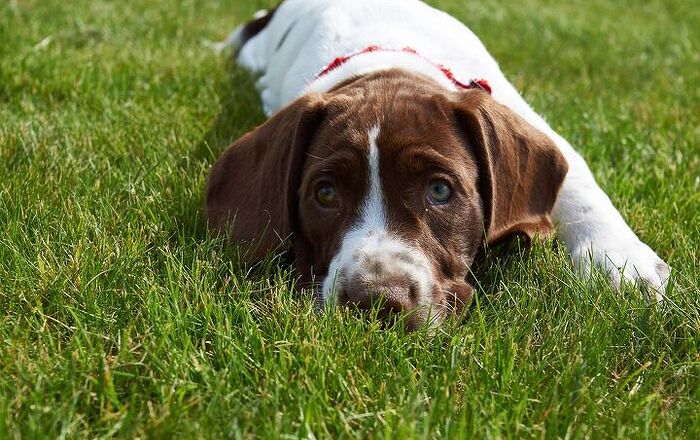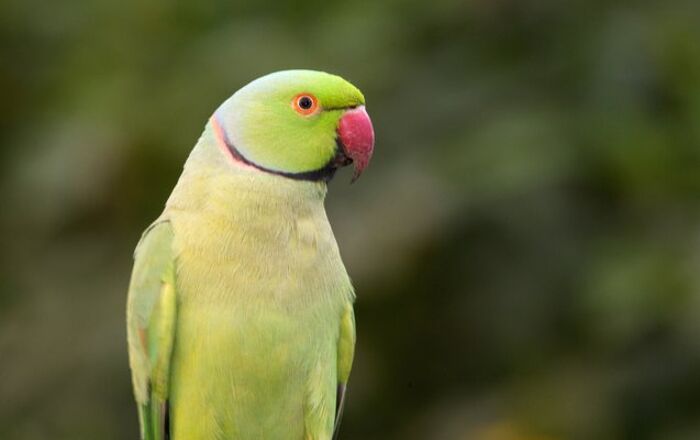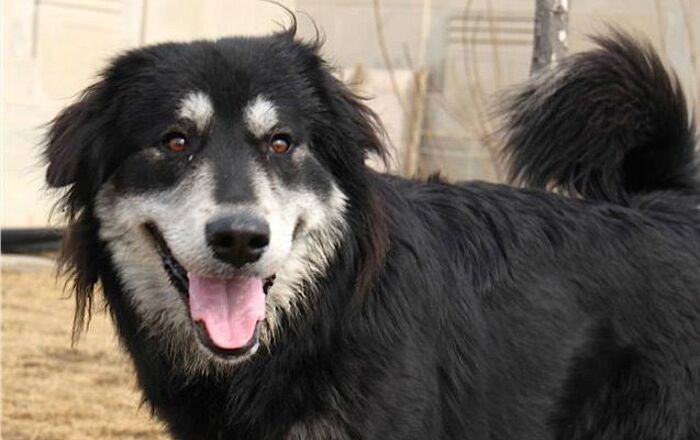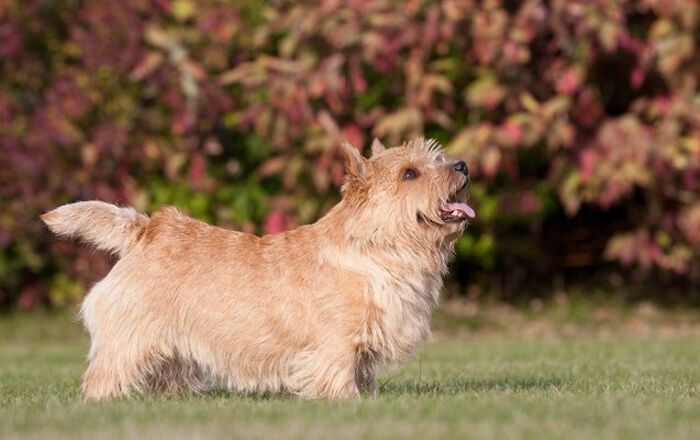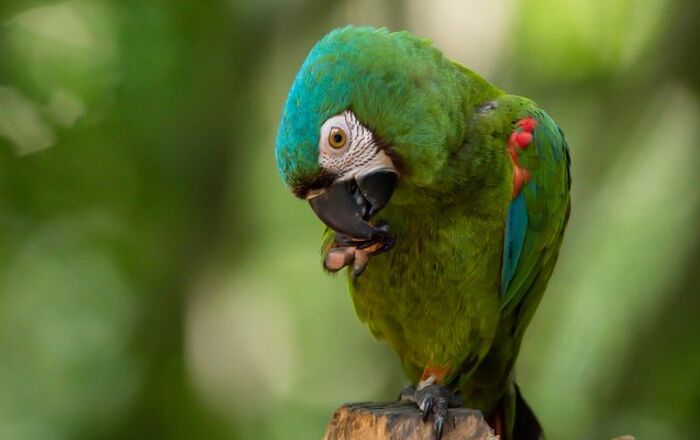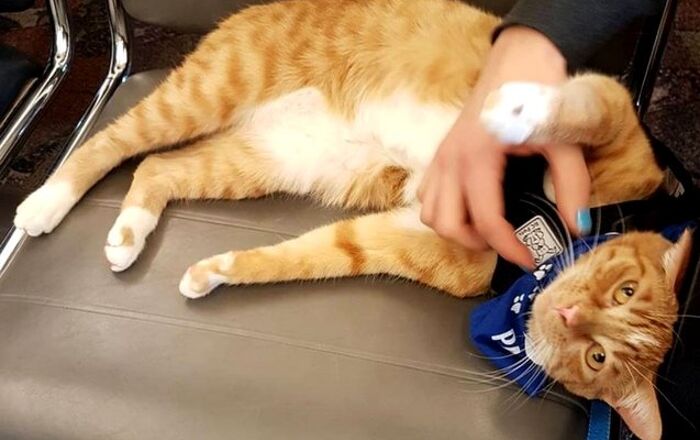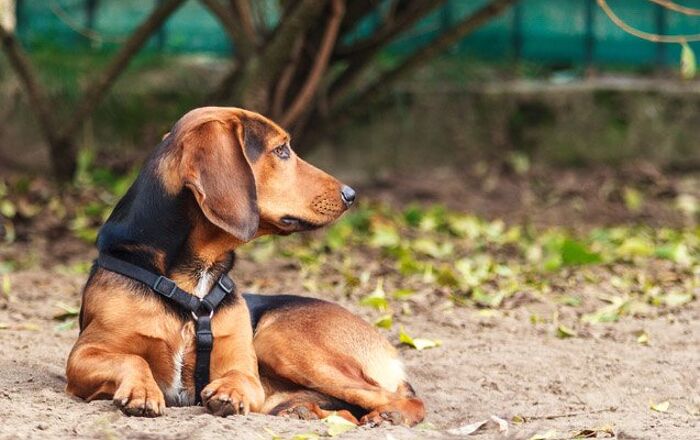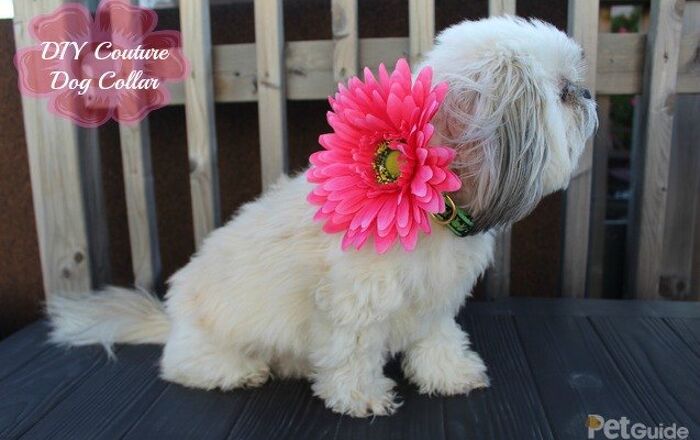
Get all the info you need to know regarding Addison’s Disease in dogs
You’ve just been handed a diagnosis from the vet – your dog has Addison’s Disease. Don’t panic! We’re going to go over Addison’s Disease in dogs, so you can better understand it and help your dog live a normal, active life.
Also known as hypoadrenocorticism or adrenal insufficiency, Addison’s Disease in dogs comes with a host of symptoms that can also be similar to other illnesses. This can make diagnosis difficult, but once it has been singled out, your dog can get back to living his life.
This is an endocrine system disorder that is caused when the adrenal glands can’t produce enough hormones for normal function. There is one adrenal on each kidney and each is comprised of two layers: the cortex and the medulla. The cortex is the outer area and it secretes corticosteriod hormones such as cortisol and aldosterone. The medulla, which is part of the sympathetic nervous system, secretes adrenaline (epinephrine), which is usually not affected by Addison’s Disease. These hormones are critical to your dog’s health. If there is an increase or decrease of these hormones, it can lead to serious health problems if not addressed in time.
There are three types of Addison’s disease: primary, secondary and atypical. In the cases of primary and atypical Addison’s Disease, these are generally the cause of immune related damage to the glands. The secondary type is the result of the pituitary not being able to stimulate the adrenals with adrenocorticotropic hormone (ACTH).
Addison’s Disease is rare in dogs. However, it is most often seen in young to middle-aged dogs and female dogs. Breeds that are more susceptible to Addison’s include Rottweilers, Wheaten Terriers, Bearded Collies, Standard Poodles, Portuguese Water Dogs and West Highland White Terriers.
The following is a list of common symptoms of Addison’s Disease:
Addison’s must be treated immediately upon discovery. Depending on the type and severity of symptoms, the treatment for this disease will vary. If your dog is dehydrated, he will need to be given intravenous fluids. As well, a diagnosed dog will need hormone injections for the rest of his life.
Once your dog has recovered from his initial treatments, management of Addison’s Disease will begin. You will have to visit your vet on a weekly basis for at least four weeks for hormone therapy. After that, you’ll only have to go in once a month for injections. As long as you follow the vet’s orders and follow up with treatment, there’s no reason why your dog can live a happy life.
